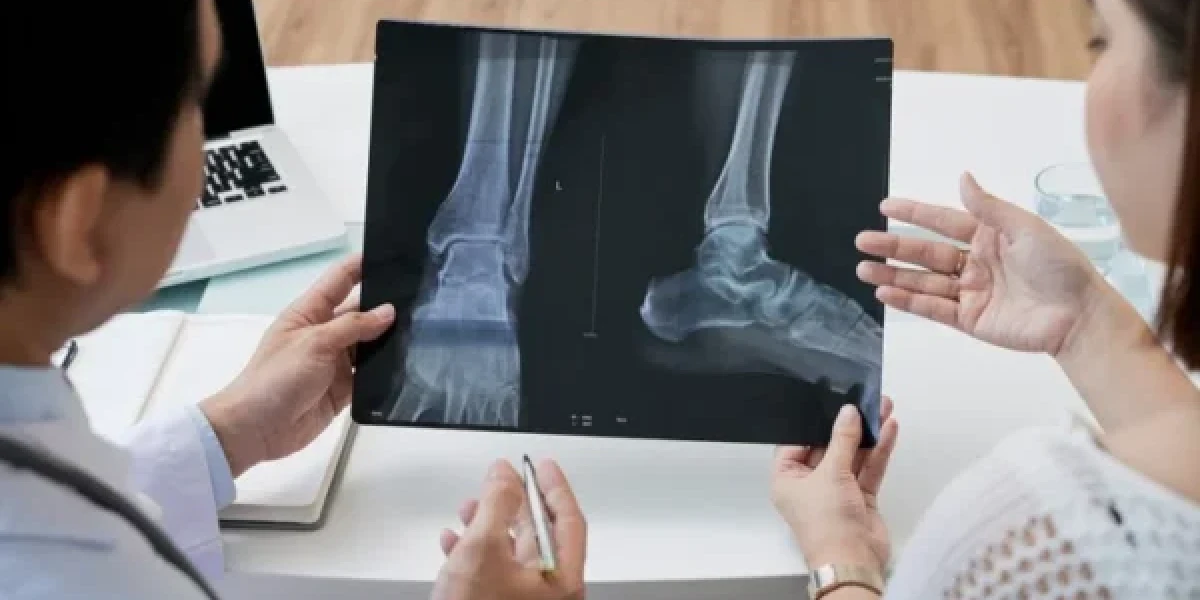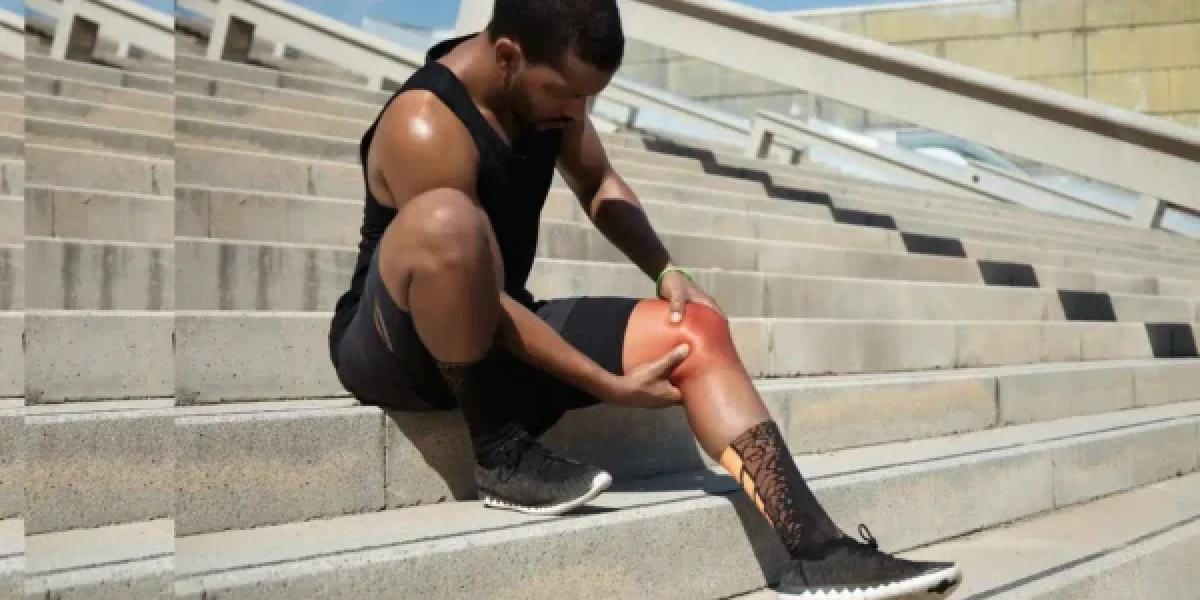Introduction
Sleep apnea, a condition characterized by repetitive interruptions in breathing during sleep, presents a significant global health challenge. Predominantly manifesting as Obstructive Sleep Apnea (OSA), it disrupts homeostasis by compromising oxygenation and sleep architecture. While Continuous Positive Airway Pressure (CPAP) devices are a primary intervention, they are not universally tolerated, necessitating alternative strategies.
Emerging evidence underscores the efficacy of structured exercises aimed at strengthening the oropharyngeal and respiratory musculature in ameliorating OSA symptoms. This article delineates a range of exercises, contextualized by clinical insights and practical implementation strategies, enabling readers to integrate them effectively into comprehensive management plans.
Defining Sleep Apnea: Pathophysiology and Clinical Implications
Sleep apnea is typified by recurrent episodes of upper airway obstruction or central dysregulation of respiratory drive. These are classified as:
-
Obstructive Sleep Apnea (OSA): Attributed to mechanical obstructions in the upper airway, often exacerbated by hypotonic pharyngeal muscles.
-
Central Sleep Apnea (CSA): Arising from impaired neural control over respiratory rhythms.
Clinically, both forms manifest as nocturnal hypoventilation, fragmented sleep, and excessive daytime somnolence. Prolonged untreated apnea contributes to systemic pathologies, including cardiovascular dysregulation, metabolic syndrome, and neurocognitive impairment.
Evidence-Based Exercises for Sleep Apnea Mitigation
1. Tongue-Strengthening Protocols
Rationale: The tongue plays a pivotal role in maintaining oropharyngeal airway stability. Exercises focusing on lingual elevation and protrusion enhance its tonicity, mitigating posterior airway obstruction.
Execution Guidelines:
-
Extend the tongue maximally and direct it upward, downward, and laterally, holding each position for 3-5 seconds.
-
Perform isometric resistance by pressing the tongue against the palate with sustained force for 5 seconds.
-
Repeat cycles thrice daily.
Clinical Perspective: Enhanced lingual strength correlates with reduced Apnea-Hypopnea Index (AHI) in mild-to-moderate OSA cases.
2. Pharyngeal and Soft Palate Conditioning
Interventions:
A. Singing Therapy
B. Resistance Techniques
C. Gargling Dynamics
3. Diaphragmatic Breathing for Optimal Ventilation
Mechanism: Diaphragmatic activation fosters efficient ventilation and alleviates hypoxemia associated with apnea events.
Protocol:
-
Assume a supine position. Place tactile feedback on the chest and abdomen.
-
Initiate diaphragmatic inhalation through nasal pathways, maintaining thoracic immobility.
-
Exhale audibly through pursed lips. Sustain for 10 minutes daily.
Augmentation: Integrate “Pranayama” techniques, such as Nadi Shodhana, to synergize relaxation and respiratory efficacy.
4. Maxillomandibular Musculature Development
Focus: Enhancing mandibular stability through structured resistance exercises mitigates retroglossal collapse.
Procedure:
Research Note: Jaw-specific exercises complement oral appliances in OSA therapy, providing dual modalities for functional and structural amelioration.
5. Integration of Positional and Flexibility Training
Yoga-Based Modalities:
Dynamic Stretching:
-
Systematic neck flexion, extension, and lateral tilts promote muscular equilibrium, reducing positional susceptibility to obstruction.
Cultural Context: Traditional Indian practices underscore the integrative benefits of yoga for respiratory health, offering accessible and sustainable therapeutic options.
Case Study: A Multi-Dimensional Recovery Framework
Rahul, a 40-year-old IT professional, presented with symptomatic OSA. After initiating a regimented exercise protocol incorporating tongue and diaphragmatic exercises, alongside weight management strategies, he reported significant symptomatic relief within six weeks. Polysomnographic follow-up demonstrated a 35% reduction in AHI, highlighting the therapeutic potential of targeted interventions.
Optimizing Outcomes: Lifestyle and Adjunctive Measures
Weight Management:
Adiposity exacerbates airway obstruction. Incremental caloric restriction, coupled with aerobic exercise, fosters sustainable weight reduction and symptom mitigation.
Nutritional Optimization:
Adopt anti-inflammatory dietary patterns emphasizing omega-3 fatty acids, antioxidants, and reduced glycemic load to counteract systemic inflammation linked to apnea pathophysiology.
Environmental Modifications:
-
Optimize bedroom conditions (e.g., humidification, allergen control).
-
Avoid nocturnal stimulants to enhance sleep continuity.
Conclusion: Empowering Change Through Evidence-Based Practice
The integration of tailored exercise regimens within comprehensive sleep apnea management represents an underutilized yet efficacious strategy. By targeting core physiological dysfunctions, these exercises empower individuals to reclaim restorative sleep and mitigate systemic risks.
FAQs
-
Can you fix sleep apnea with exercise?
-
Exercise can help reduce the severity of sleep apnea symptoms by strengthening the muscles in your mouth, throat, and respiratory system. While it may not completely fix sleep apnea, it can be a helpful part of a comprehensive treatment plan.
-
Do neck exercises help sleep apnea?
-
How to strengthen throat muscles to prevent sleep apnea?
-
You can strengthen your throat muscles by practicing oropharyngeal exercises, such as tongue stretches, soft palate blowing, and jaw tension relief exercises. These exercises can help tone the muscles around your airway and reduce the severity of sleep apnea.
-
Can you self correct sleep apnea?
-
While self-correction is possible to some extent, it's important to consult with a healthcare professional for a proper diagnosis and treatment plan. Self-correction methods, such as lifestyle changes and exercises, can complement medical treatments but may not be sufficient on their own.
-
Can you fix sleep apnea naturally?
-
Natural remedies, such as maintaining a healthy weight, practicing good sleep hygiene, and using oral appliances, can help manage sleep apnea symptoms. However, it's best to consult with a healthcare professional for personalized advice.
-
Can yoga cure sleep apnea?
-
What is the permanent solution for sleep apnea?
-
Can kapalbhati cure sleep apnea?
-
Kapalbhati, a breathing technique in yoga, can help improve respiratory strength and reduce sleep apnea symptoms. However, it should be practiced under the guidance of a trained instructor and may not be a standalone cure.
-
Which mudra for sound sleep?











